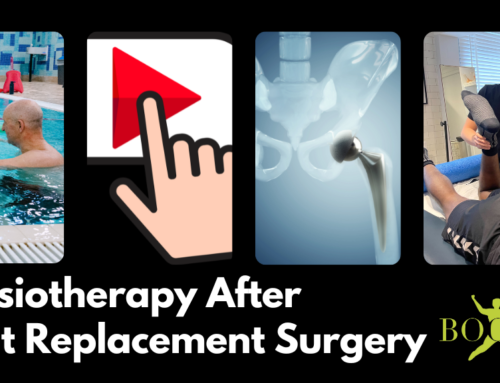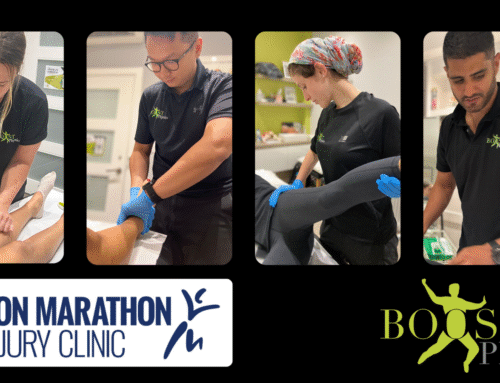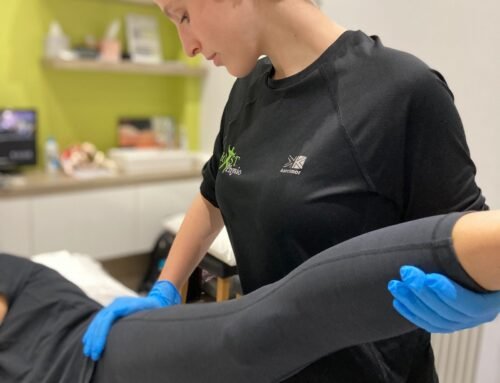In this Consultant Q&A, BOOST PHYSIO interviews Mr Vikas Khanduja and asks about developments in hip surgery. 
Mr Khanduja is a Consultant Orthopaedic Surgeon specialising in both joint replacement and the sports surgery aspects of Knee and Hip surgery and has a particular interest in Arthroscopic (key-hole) surgery of the Hip and the Knee. He has a particular interest in key-hole surgery of the hip. He consults at The Wellington Hospital in St Johns Wood NW8. View his website here.
1. What exactly is hip impingement?
The hip joint consists of a ball (head of femur) and a socket (the pelvis). A soft ring called the labrum or cartilage lines the mouth of the socket. The femoral head is normally spherical, but in some of us it may be less spherical with a small bump on the neck called a ‘cam’. In a normal situation the perfectly spherical ball will move in the socket without any impingement but if the ball is aspherical, the bump may catch the lining of the socket (labrum) causing damage. This may produce symptoms of pain and clicking and can lead to long-term wear and tear of the joint. This condition is called femoroacetabular impingement.
This is not a serious condition and many of us may have this without any problems through out our life. However, if it does cause problems for you in your day-to-day life or sporting activities, you need to seek appropriate help.
2. What can I do to prevent hip impingement?
Hip impingement is a morphological abnormality in the hip joint and probably linked to a developmental problem or a genetic problem and therefore cannot be prevented. However, the symptoms can be prevented and or minimised if the hip is not put through the movement in which impingement occurs. Typically this is a deep flexion (bending) and rotation at the same time.
3. Is hip replacement my only option for hip surgery?
Not at all. Femoroacetabular Impingement can be addressed with Hip Arthroscopy (Keyhole surgery of the Hip). Hip arthroscopy involves a telescopic examination of the hip joint through small incisions over the side of the hip. Its main benefits are that it is less invasive, allows early recovery and still allows the surgeon to carry out different procedures.
4. What is the role of physiotherapy following a hip arthroscopy?
The success of hip arthroscopy depends on a good post-operative rehabilitation programme, which can continue for upto 6 months following surgery. A booklet for the rehabilitation programme is usually provided following surgery so that the patients understand the exercises required to be done.
In essence it is essential to have physiotherapy for a good outcome following arthroscopic surgery.
If you have recently had hip surgery and need expert help in your recovery and rehabilitation please be in touch with us at BOOST PHYSIO. We have clinics in Hendon NW4 and East Finchley N2.










